New Mobile Report Gundam Wing (1995-96) successfully solidified both the Gundam franchise’s staying power among new fans and the viability of alternate universe works. It seemed like a logical next step for Sunrise and Bandai to build upon that winning formula and go even further. What emerged was After War Gundam X (1996). Unfortunately, due to circumstances at the time, it had almost the opposite effect and put the saga’s future into question. Many years on, however, this oft-neglected hit has taken on a life of its own.
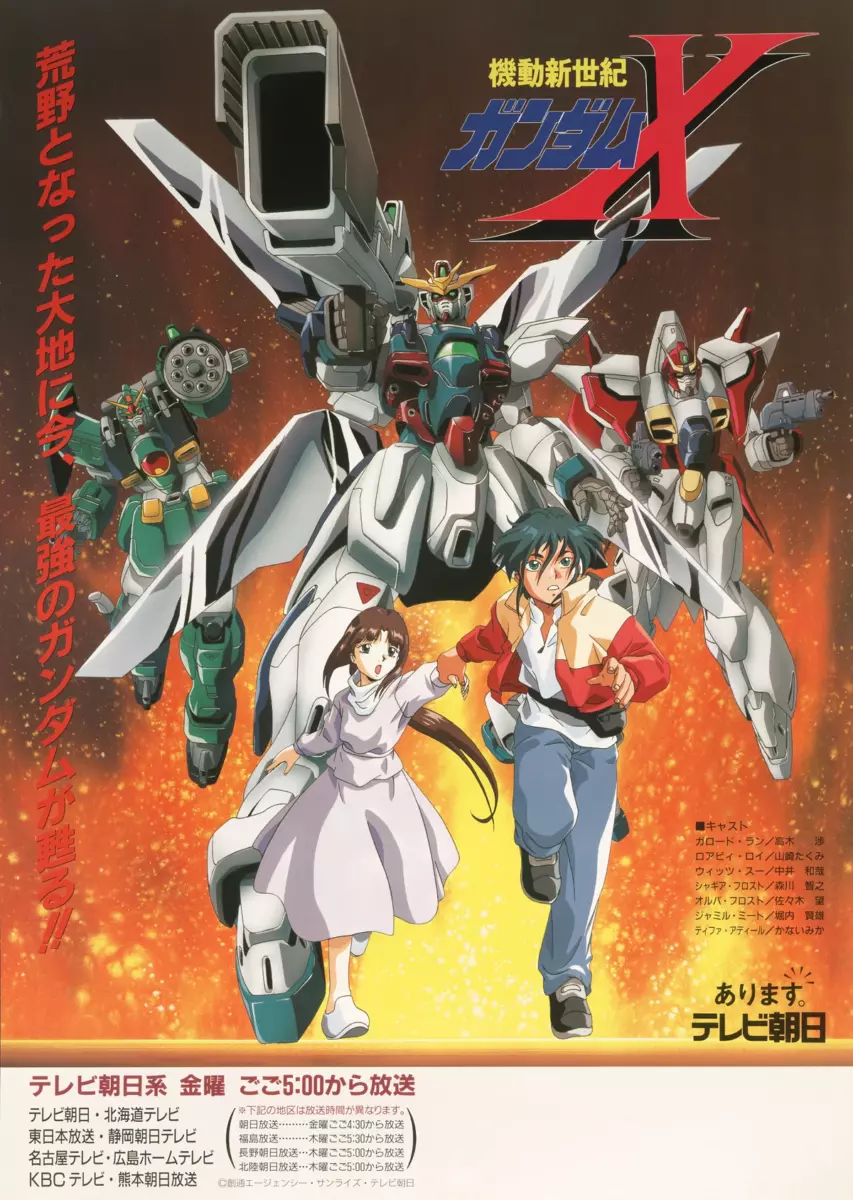
Directed by Shinji Takamatsu (later known for his work on the Gintama franchise), the anime notably had one of the shortest televised runs in the entire franchise, at 39 episodes. It also marked the end of a string of nigh-consecutive releases, beginning with Victory Gundam (1993-94), when Japanese audiences were guaranteed to find something Gundam-related on TV screens.
For a perceived “failure”, the anime experienced a thriving afterlife thanks to a solid premise and memorable cast. (Source: YouTube)
But was the show really a dud. Not unlike the original 1979 Gundam series, time gave After War Gundam X a reappraisal. Has it been vindicated?
Mad Max with Mecha
Gundam X takes place in a parallel timeline where, similarly to the Universal Century, tensions between United Nations Earth and the Space Revolutionary Army have boiled over into conflict. Unlike the infamous One Year War, however, this rendition ended with multiple Colony Drops across the planet nearly wiping out humanity. All that is history: it’s the year After War 15, and the world has largely been reduced to a post-apocalyptic wasteland. In what had been North America, a young Mobile Suit pilot and thief-for-hire named Garrod Ran (Wataru Takagi) is contracted to retrieve a girl known as Tiffa Adril (Mika Kanai) from a band of peculiar “Vultures” (wasteland scavengers and mercenaries) and their ship, the Freiden. After finding out she’s a Newtype and that he’s been working for the wrong side, he not only stumbles upon the titular mecha, but also joins up with those same Vultures to protect her. This unwittingly sets off a chain of events that threatens to bring mankind back to the brink of destruction.
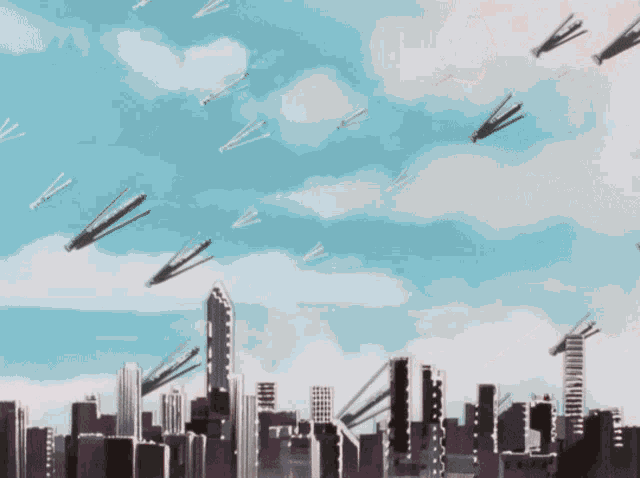
While the Mad Max backdrop and the idea of scavenging the wastes for valuable goods mark the most obvious deviations from the classic formula, the anime still manages to stay true in spirit to the motifs of Tomino’s work, though without being as overbearing as Gundam Wing‘s pacifist messages. Much attention is placed on the effects of war long after the last shot is fired and how that doesn’t necessarily bring closure. For example, roving bandits using looted Mobile Suits to intimidate civilians, and the reveal that remnants of the UNE and SRA are both still active and eager to finish each other off. This is especially evident in the subplots around Freiden captain Jamil Neate (Kenyuu Horiuchi), which involve overcoming his PTSD from being an ace pilot in the conflict while saving others from the same fate. Again, we see this in how antagonistic twins Shagia and Olba Frost (Toshiyuki Morikawa, Nozomu Sasaki) reflect the darker aspects of Newtypes in their quest to prove their superiority as the next step in human evolution. The series even further deconstructs the very notion towards the end, making you question whether mutual understanding is enough at all.
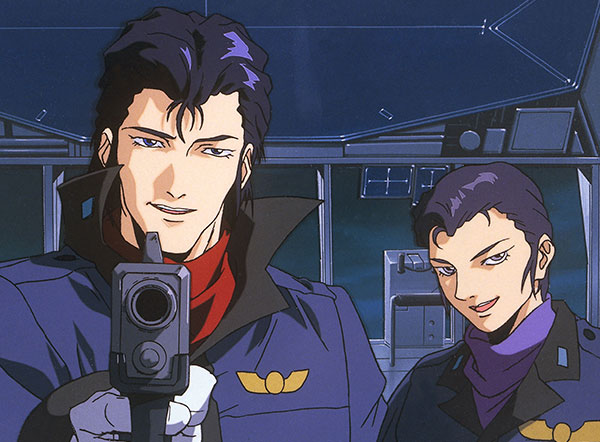
After War Gundam X nonetheless maintains a surprisingly optimistic beat even with such heavy undertones. This is in part due to a strong cast of characters, whether it’s Garrod being much more street-wise and pragmatic than Amuro Ray while not having any Newtype powers, the likable personalities of Jamil and his Vulture crew, or the sleek exploits of wandering mercenary Ennil El (Chieko Honda). Despite the trials they face, as well as the ever-escalating stakes, it never breaks the protagonists, nor does it stop them from becoming better people in trying to save the day.
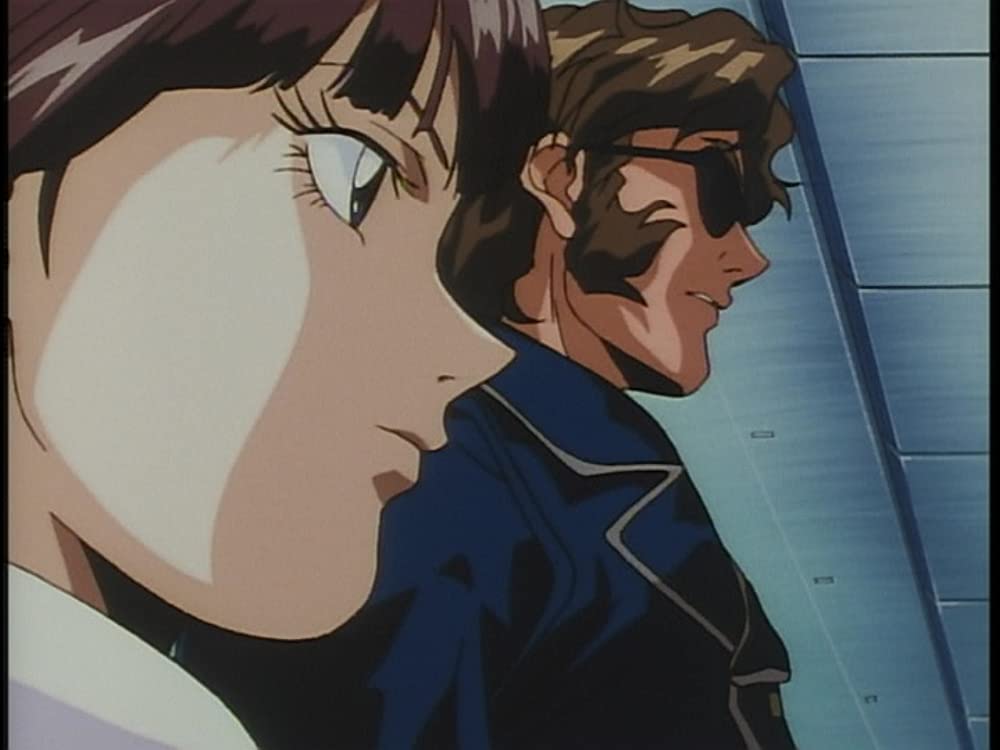
One glaring flaw, however, is the inconsistent pacing. Granted, this is in no small part due to executive meddling, which led to the episode count being trimmed down to 39 from a planned 49, and forced Takamatsu and his staff to compress the final arc down to three episodes. Though the end result still comes across as rushed, with the Shagia twins’ motivations seeming more half-baked than they ought to have been, it’s admirable how the story manages to end neatly on a high note. At the very least, it does so more consistently than Gundam F91 (1991).
Solid Resolution
Visually, Gundam X has a lot of similarities with Gundam Wing in terms of art style and character stylings, with Jamil’s old SRA rival even resembling a redheaded Trieze Kushrenada. It’d be a disservice to call this a lazy step back, however. The quality is noticeably more consistent, for one, so there’s not as much in the way of recycled footage or cut corners. This also means that the anime’s used-future, yet still vibrant imagery gets more time to shine. Even the designs of the Mobile Suits, though wearing their UC inspirations openly, look distinctive enough that they blend pretty well with the post-apocalyptic backdrop.
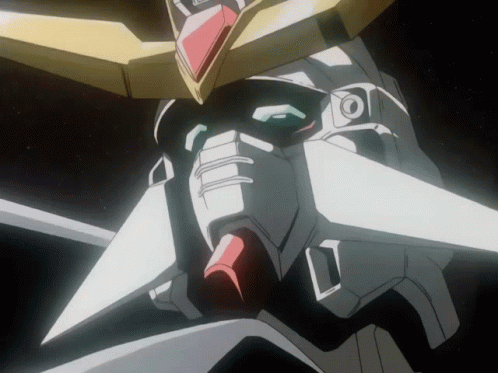
The audio, meanwhile, is just as consistent. The dubbing is suitably energetic and is maintained all throughout, especially when it comes to the performances from Takagi, Horiuchi, and the late Chieko Honda. While the main soundtrack is fitting enough, with a mix of orchestral and jazzy motifs, the opening and credit tracks undoubtedly steal the show, whether it’s the heart-pumping “Resolution” by Romantic Mode, or the somber power ballad “Human Touch” by Warren Wiebe.
Gundam Fatigue
You may be wondering, then, how Gundam X could have failed despite its solid offering. This could partly be due to that aforementioned string of nigh-consecutive TV releases: Gundam fatigue had set in, resulting in less viewers and a more critical audience. Another likely reason, touched upon by Yoshikazu Yasuhiko in 2020, was the lingering fallout of the Aum Shinrikyo sarin gas attacks of 1995, as not only was the cult “dangerously cozy with the subculture” by appropriating the concept of Newtypes, but the ensuing backlash had contributed to the more deconstructive bent seen in the show. Combined with the executive meddling (which included moving the anime to an early morning timeslot mid-way), it didn’t take long before a stigma emerged. The mixed-to-negative reception it garnered from some Western reviewers scrutinizing its flaws and apparently unlikable cast further reinforced this view for a while.
Despite a rocky first impression, the series has increasingly gained a warm reception across the Pacific. (Source: YouTube)
Time, however, changes things. Over the years, After War Gundam X gained more attention and accolades from Japanese otaku through reruns and DVD releases, in a curious echo of Tomino’s original. Since then, it’s made multiple appearances in video games (with the voice actors even reprising their roles), while its popularity inspired a well-received manga sequel, Under the Moonlight (2004–06). Moreover, this has also extended to Western fans, whether it’s through memes, or due to how the entire series was officially localized by Nozomi Entertainment in 2016.
"I'm a healer, but…"
(via official subs) pic.twitter.com/Oh72hLAAdE— Feez (@feezy_feez) September 16, 2020
With the anime now more readily available than ever, perhaps it won’t stay neglected much longer.


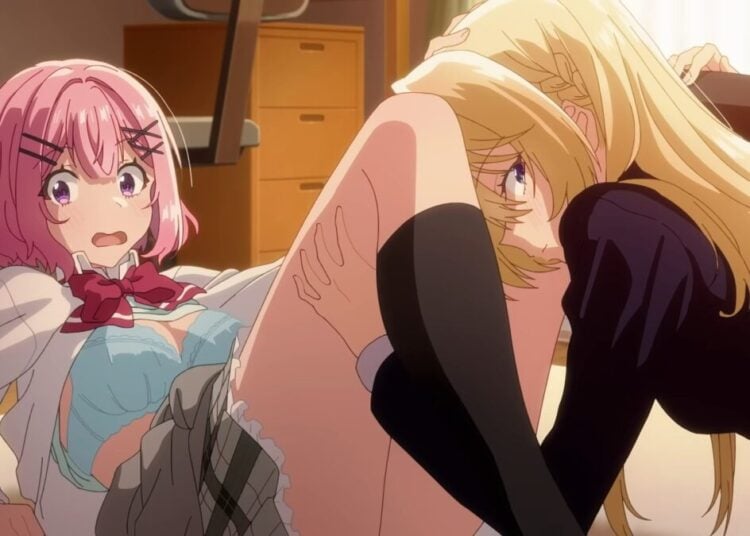
![Sawaranaide Kotesashi Kun Episode 12 [END] Featured Image](https://blog.jlist.com/wp-content/uploads/2025/12/Sawaranaide-Kotesashi-kun-Episode-12-END-Featured-Image-750x536.jpg)











